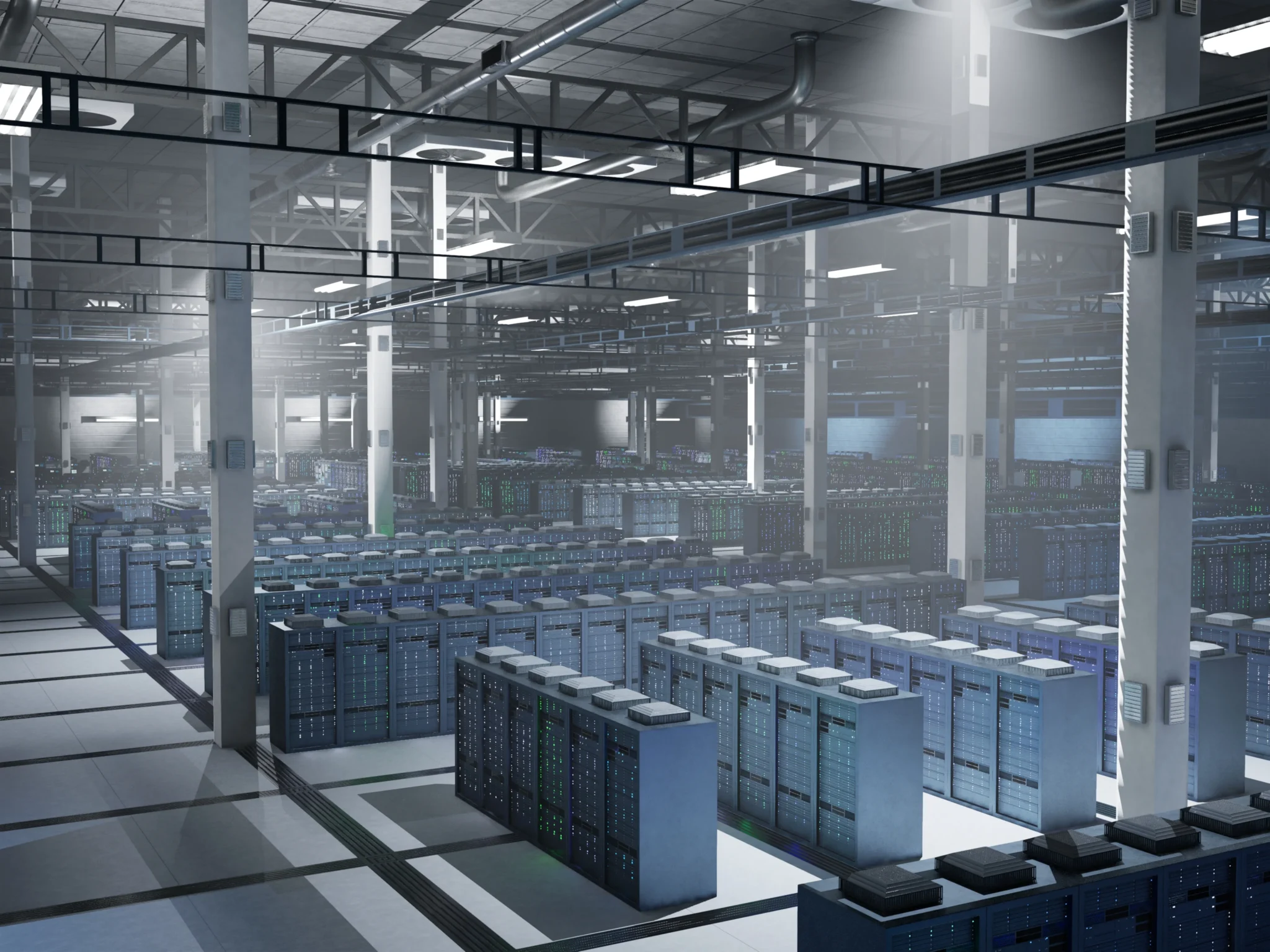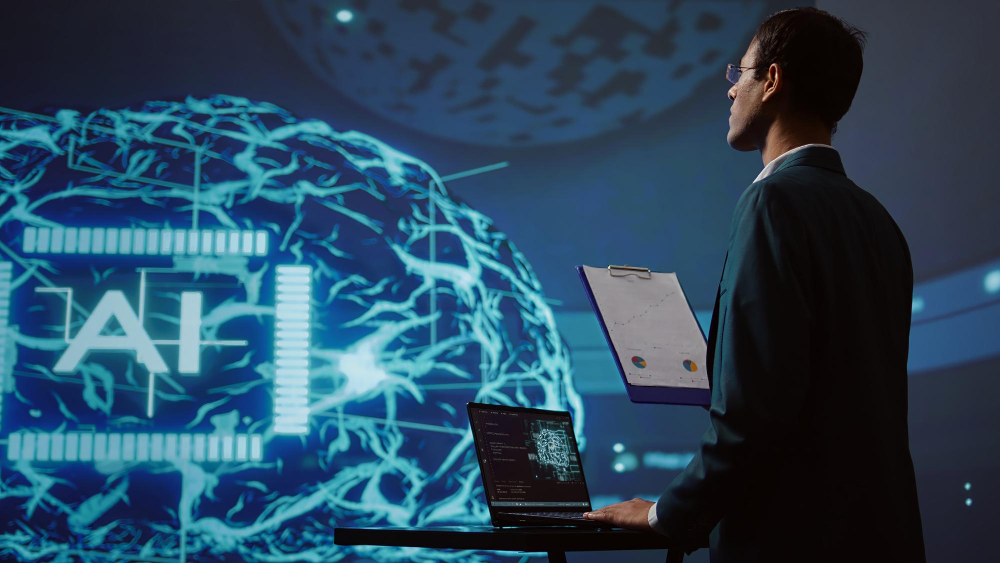Software-Defined Memory Solutions: Transforming Modern Data Centers

Data centers are the foundation of the modern digital economy, fueling everything from cloud services to analytics and artificial intelligence. The rapid shift toward digital transformation has prompted enterprises to demand even more scalable, efficient, and resilient infrastructure. However, as application requirements become more complex and data volumes increase, the conventional approach of statically assigned, physically tied memory resources can no longer keep pace with competitive pressures.
Enter software-defined memory solutions a transformative technology that virtualizes and disaggregates memory, consolidating it into a flexible, shared pool. This centralization enables dynamic allocation and increased agility, enhancing both performance and efficiency for organizations of all sizes. By unshackling memory from the limitations of individual machines, SDM opens doors to optimized, right-sized IT operations that not only minimize waste but set the stage for innovative applications.
Introduction to Software-Defined Memory
By decoupling memory from physical machines, software-defined memory enables memory to be shared and elastic. No longer siloed, memory resources can be provisioned or scaled as needed—effectively breaking away from the costly and energy-inefficient legacy limitations that have traditionally constrained enterprise IT.
In doing so, organizations empower their IT teams to respond effectively to spikes in demand, pursue more ambitious digital initiatives, and unlock their full business potential without being limited by legacy architecture.
Key Takeaways
- Software-defined memory solutions revolutionize how data centers manage and scale memory resources, offering flexibility, cost savings, and increased performance by transforming previously static infrastructure into a responsive and dynamic system tailored for today’s high-demand workloads.
- Industries such as AI, machine learning, and high-performance computing significantly benefit from SDM’s agility and power, enabling them to scale efficiently and respond more rapidly to market and research demands.
- Transitioning to SDM involves careful evaluation, strategic planning, and ongoing management to harness its full potential, before organizations can realize the agility, resilience, and cost reductions that SDM promises.
Understanding Software-Defined Memory
At its core, software-defined memory represents a fundamental shift in how data center architects approach infrastructure. Instead of binding memory to the hardware within a particular server, SDM abstracts memory resources and creates a flexible management layer that sits above traditional hardware setups. This allows data centers to rapidly assign, reclaim, or reallocate memory according to real-time requirements—freeing them from the limitations of fixed-sized server RAM and facilitating improved utilization rates.
This virtualization marries the best qualities of data center resource management—agility, efficiency, and scalability—by providing a holistic view of memory supply and demand. Centralized oversight ensures no asset sits idle, making underutilized memory accessible where it’s urgently needed, thereby avoiding the costly over-provisioning that often plagues legacy environments.
With SDM, IT teams can break through the bottlenecks traditionally caused by workload imbalances. Instead of purchasing additional hardware every time requirements spike, administrators can virtually expand, contract, and move memory resources across different services or tenant environments—all with minimal disruption. In cloud and hybrid deployments, the abstraction extends seamlessly across on-premise and public infrastructure, bringing unprecedented flexibility to both established enterprises and cloud-native startups.
Key Benefits of Implementing SDM
- Enhanced Performance:Software-defined memory transcends physical capacity limits, allowing servers to access more memory than they physically house. According to CIO, this approach eliminates bottlenecks that previously hindered mission-critical workloads and has been shown to dramatically improve workload performance—sometimes by as much as 60 times compared to traditional deployments. Organizations running analytics, virtualization, or large-scale simulations experience a substantial productivity boost.
- Cost Efficiency:By maximizing the return on existing resources and curbing unnecessary hardware purchases, SDM can deliver ROI gains between 50–80%. Maintenance and operational overhead are reduced, with fewer assets required to deliver the same or better performance. These savings are further magnified through streamlined operations and reduced capital expenditure. .
- Scalability and Flexibility:The on-demand scaling of memory resources enables data centers to easily adapt to workload surges, accommodating everything from bursty analytics processing to steady SaaS workloads—without requiring new physical investments. This future-proofs infrastructure against dynamic business growth or market changes, letting IT react instantly rather than waiting on procurement cycles.
- Energy Savings:More efficient resource consumption translates to 25–50% less energy use, enabling data center operators to achieve ESG and sustainability targets without compromising performance. As global energy prices fluctuate and regulatory pressures mount, this efficiency positions organizations as responsible digital citizens, cutting costs and carbon footprints alike.
Real-World Applications of SDM
Software-defined memory solutions are actively reshaping workflows and outcomes in a variety of mission-critical domains:
- Artificial Intelligence and Machine Learning:Modern AI/ML solutions rely on massive parallel processing for both training and inference, generating intense and constantly shifting memory demands. SDM enables these organizations to tailor and right-size memory allocation on the fly, accelerating the training of complex algorithms, reducing the time to insight, and supporting larger, more sophisticated analytical models than previously feasible.
- In-Memory Databases:Many enterprise environments now rely on in-memory databases to deliver real-time analytics, facilitate financial transactions, and personalize customer experiences. By unlocking larger, more responsive in-memory data stores, SDM accelerates transaction throughput, shortens analytic processing times, and improves the ability to handle real-time workloads at unprecedented speeds.
- High-Performance Computing:From genome sequencing to engineering simulations and risk analysis in financial markets, industries relying on scientific computing gain crucial advantages. SDM provides the in-memory capacity necessary for the rapid computation of large datasets and complex simulations, enabling researchers and analysts to extract results significantly faster and make discoveries that would have otherwise required days instead of hours.
Implementing SDM in Your Data Center
Transitioning to a software-defined memory architecture involves several strategic steps to maximize organizational benefit. Each step is crucial for ensuring a seamless migration and preventing disruptions that could impact production workloads.
- Assessment:Begin by analyzing existing memory usage patterns to identify pain points, such as bottlenecks or underutilized assets. Engage stakeholders from various departments to understand current and future workload demands, as well as technical limitations.
- Planning:Develop a phased roadmap for SDM adoption—consider compatibility with existing hardware and software, application requirements, and integration strategies for current hybrid or multi-cloud environments. A robust plan will define success criteria, establish milestones, and involve pilot testing for the highest-risk workflows.
- Deployment:Choose SDM platforms or tools that align with your business needs and compliance requirements. Conduct thorough testing in staging environments, validate the configurations, and incrementally implement the solution to ensure minimal disruption to ongoing business operations.
- Monitoring:Post-deployment, leverage advanced monitoring to track performance indicators, dynamically reallocate resources in response to real-time usage trends, and address any emerging issues swiftly. Regular reviews and continuous improvement protocols help maintain optimal efficiency and reliability.
Challenges and Considerations
- Compatibility:Not all legacy hardware or applications may support virtualized memory provisioning. A thorough compatibility check, coupled with direct vendor collaboration, is crucial for a seamless transition and to prevent disruptions or functional limitations after integration.
- Security:As with any pooled or virtualized resource, SDM infrastructure must be hardened against unauthorized access. This includes robust access controls, data encryption at rest and in transit, and continuous monitoring strategies to prevent threats such as data leakage or privilege escalation.
- Management Complexity:The agility of SDM introduces additional layers of management complexity, necessitating new tools and targeted training for IT staff to manage allocation, continuous monitoring, and enforcement of policy and compliance standards.
Future Outlook
The growth trajectory for software-defined memory in data center modernization is clear—by 2030, analysts expect widespread adoption in organizations of all sizes, aiming for resilient and sustainable infrastructures. With increasing digital transformation and cloud-native workloads placing higher pressures on memory resources, SDM is fast becoming the backbone of agile, cost-effective strategies for forward-thinking enterprises with global ambitions.
Ongoing innovations in SDM, including deeper integration with orchestration platforms, automated rebalancing, and support for disaggregated, high-speed fabrics, indicate that even traditional compute environments—such as those running critical legacy systems—will continue benefiting from rapid advances in this field.
As technology companies and research institutions lead the charge, SDM continues to emerge as a competitive differentiator for IT leaders seeking to advance both efficiency and innovation within their organizations.
Conclusion
Software-defined memory solutions deliver measurable benefits in terms of performance, efficiency, and agility—enabling organizations to future-proof their data center operations amid growing digital demands.
As IT landscapes continue to evolve, integrating SDM into infrastructure strategies will empower organizations to accelerate innovation, streamline costs, and sustain a competitive edge. For any business seeking to transform its data environments, SDM represents a crucial step on the path toward a more flexible, resilient, and high-performing digital future.

Braxons Group: Liquidity Protocols for RWA and Yield Strategies — Bridging Real Assets with DeFi

Do I Need a Business License for My Ohio LLC

Unlocking Niche Audiences Through A Strategic Market Segmentation Service

Accelerating drug discovery through the DEL-ML-CS approach

AI in Marketing Is No Longer a Buzzword — It’s the Strategy

Top 10 AI Tools Revolutionizing Businesses in 2025 By Techloggy.com

Composite Decking Price in Australia

övrrsätt: Everything You Need to Know About This Swedish Translation Term








